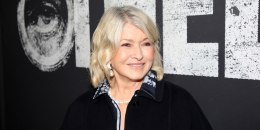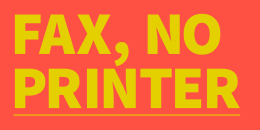Vincent Montoya-Armanios remembers skipping lunch in high school because he didn't have money to pay, afraid of being publicly confronted over his school lunch debt.
"Sometimes, they would take away the food and give you a peanut butter and jelly sandwich, which is supposed to be an inferior lunch," Montoya-Armanios, now 26, tells TODAY.com.
School lunch debt is a pervasive problem in the U.S.: More than 30 million students can’t afford their school meals, according to the Education Data Initiative, a research team that collects data and statistics regarding the U.S. education system, and 68.8% of surveyed schools have students with unpaid meal debt.
The average annual school meal debt is a reported $180.60 per student, according to an Education Data survey.
“It’s the first time you have a personal debt obligation,” Montoya-Armanios says. “And you can be 8 years old when that begins — it definitely has a psychological effect on you.”
From 2020-2022, school lunch debt was eradicated nationwide thanks to a COVID-era policy that provided free lunch to every public school student in the U.S. The program expired in 2022.
A new bill in the Senate would cancel all school lunch debt.
“‘School lunch debt’ is a term so absurd that it shouldn’t even exist,” Sen. John Fetterman, D-PA, one of the bill's sponsors, said, adding that the legislation would "stop humiliating kids and penalizing hunger.”
Montoya-Armanios says eradicating student meal debt would have made a huge difference in his life.
"I didn't have any money when I was in elementary school," Montoya-Armanios, who went to school in the Bristol Township in Bucks County, Pennsylvania, says. "There was a lot of fear about not being able to pay, so I would just skip lunch and then friends who were sitting near me would give me some of theirs."
Montoya-Armanios grew up in Section 8 housing and was raised by a single mother, before she married when he was 6 years old. His step-father's annual salary depended on sales commissions, so some years Montoya-Armanios says he qualified for free or reduced-price lunch and some years he didn't.
When he didn't qualify for assistance, he says his family struggled to afford his school lunch.
As a result, Montoya-Armanios says he endured instances of public humiliation during lunch time, and can vividly recall moments when he was shamed by school authority figures.
"You pay after you get the food," Montoya-Armanios, who now lives in Philadelphia, recalls. "You already have the food in your hands, and that's when (lunch workers) would tell you that you have to 'speak to the manager and explain why you didn't have lunch money that day.'"
The Senate bill, called the "School Lunch Debt Cancellation Act," would order the USDA to pay for all school lunch and breakfast debt owed by students.
It was introduced at a time when child poverty has more than doubled as a result of the end of the Child Tax Credit and COVID-era stimulus checks.
One pre-pandemic study conducted by No Kid Hungry, a nonprofit organization working to end child hunger, found that nearly 60% of students from low-income communities go to school hungry, adding that hunger makes it harder to learn.
Montoya-Armanios says he doesn't remember going hungry in school — instead, he says, his peers "created kind of a welfare state" to make sure everyone had access to a school meal.
"In your head, it's like: 'I have a couple extra dollars, my friend needs lunch," he adds. "It just made sense — you didn't need to think about it if you had the money."
Still, Montoya-Armanios says he couldn't avoid the anxiety of going to lunch without the means to pay for a meal, or the "feelings of personal guilt" and "inadequacy."
He hopes no one will have to face the stigma, guilt and shame that he endured.
"It's one of those things that I think we're going to look back on and it'll be unbelievable to us that we did that to children," he says.










